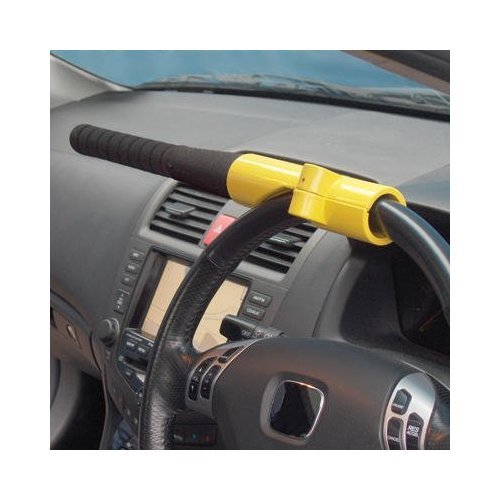
Contents • • • • • • Design and development [ ] Hamburger had already designed a of no particular distinction, the under its first designer,. Mewes then left to join another small company,.
In his place, Hamburger hired, who had been working for a decade with and was looking to return to Germany. Before leaving, Vogt had been working on a new design for building wing, using a single steel tube (often square or rectangular) that formed both the middle portion of the wing and also served as a primary. When tenders were offered for the dive bomber program in, Hamburger was not even invited to submit an entry. Nevertheless, Vogt was convinced that his new construction method would deliver an aeroplane of the required strength with better performance than traditional designs, so he started work on Projekt 6 and submitted it anyway. He also started work on a more conventional biplane design as Projekt 7. Blohm & Voss Ha 137 V5. Projekt 6 was essentially a scaled-up version of Vogt's last design at Kawasaki, the.
Built entirely of metal and using a semi-, the design looked more like a - specifically like the - than a dive bomber. The wing used the tubular spar system, the inner portion of which was sealed as a fuel tank holding 270 L (70 US gal).
The design used fixed, so in order to reduce their length and their resulting drag, the wings featured a sharp bend at about ¼. The wheels were mounted on two each, so the around the gear was large enough to allow the mounting of a 7.92 mm (.312 in) for testing, and a 20 mm if required.
HASP / HASP4 Dump Analizer V 1.07 Command line HASP HL Dongle dumper Command line USB HASP SRM Dongle dumper Aladdin HASP / HASP 4.
Two additional 7.92 mm (.312 in) MG 17s were mounted in the fuselage decking above the engine. Engines proved to be more of a problem.
Download apostle johnson suleman books pdf free. Vogt originally submitted the design mounting the new. The future of this engine was in doubt, however, and the (RLM) asked for the design to be resubmitted with the 485 kW (650 hp), then starting licensed production in Germany as the. Vogt's team then modified the design to use the Hornet as Projekt 6a, or alternately the as Projekt 6b. The RLM found the resulting design interesting enough to fund construction of three. The Hornet-powered Ha 137 V1 first flew in April, followed the next month by the V2, and both were shipped to that summer. It quickly became apparent that the Hornet engine was so large that visibility during diving was greatly affected, and the RLM then suggested that the third prototype be completed as a 6b with the Kestrel, delaying it slightly to change the engine mounts and add a somewhat odd-looking under the nose. By this point the definitive requirements for the dive bomber program had been drawn up, taken directly from ' description of its own entry which had already been selected to win, calling for a two-seater arrangement.
The Ha 137 was thus excluded, although realistically no other design had a chance to win anyway. The RLM was nevertheless interested enough in the design to order another three prototypes with the new engine. The radial-powered versions retroactively became known as the Ha 137A, while the inline-powered versions became the Ha 137B. Further testing continued during, and the prototypes also took part in the 'doomed' dive bomber contest in June 1936, but the design was still being considered for the role instead of dive bomber. However, when took over the T-Amt later that year, he considered the close support role unnecessary, and informed Hamburger that it should stop work on the design.

The three Jumo-powered prototypes were built anyway during 1936 and, eventually being used as testbed aircraft at Blohm & Voss. V1 was destroyed in testing during 1935 when the ammunition for its guns exploded, and V6, D-IDTE, crashed in July 1937, but the remaining four were used for years until a lack of spare parts for their engines eventually grounded them. Vogt had also done some work on a navalized version of the design as Projekt 11; however, the additional weight of the landing equipment, or as in the 11b, dramatically reduced range and made the design unfeasible.
Get Dump from HASP 4/HL Dongle Use this tool to get data from HASP HL Dongle: 1. Install original drivers of HASP HL Dongle. Download, install and Run TORO Dongle Monitor for Hardlock/Hasp4/HaspHL v3.2. Set menu parameter USB -> Output To File. Run your protected program and work with it a few minutes. At the bottom of the TORO Dongle Monitor you can find some text: Hasp In:> HaspInitPacket PW1=XXXXX (0xPWD1), PW1=YYYYY (0xPWD2) It's valid passwords for your dongle. HASP HL Dumper can be found in the folder of monitor.